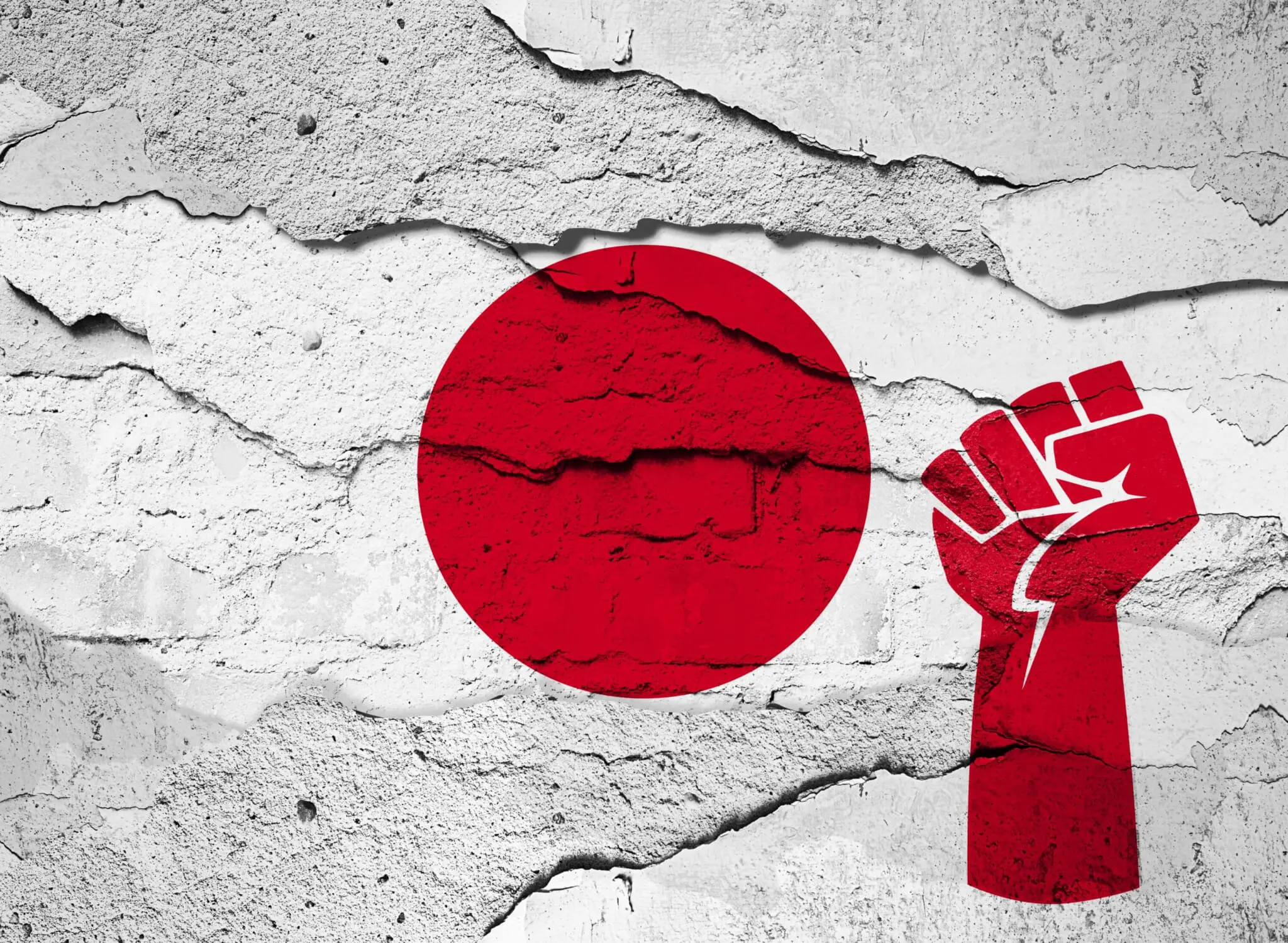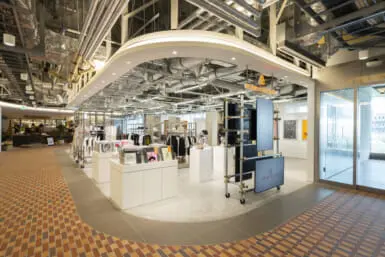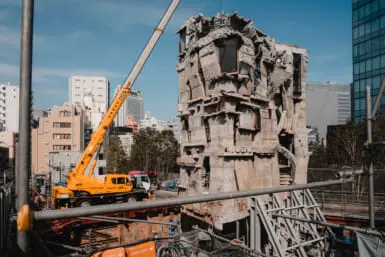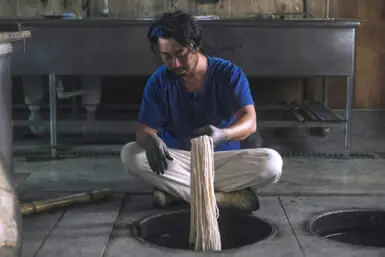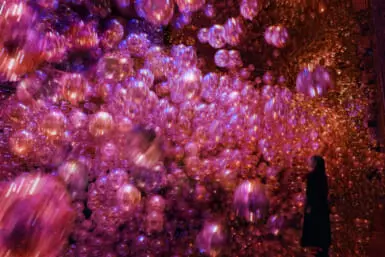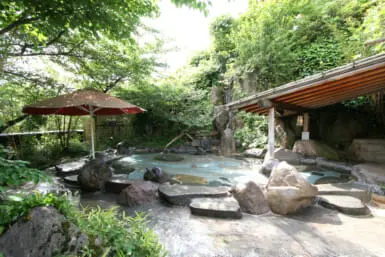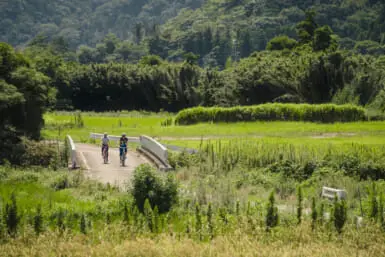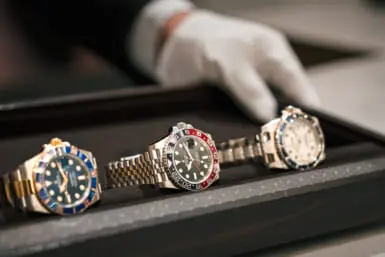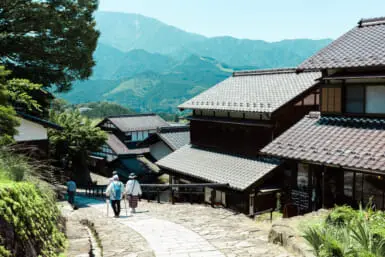The 1968-69 Japanese University Protests shook Japan to its core. Led by violent, passionate student protest groups, the riots resulted in nearly one year of disrupted lessons, the death of a student and the start of the women’s liberation movement.
This violent time in Japanese history is a far cry from the pacifist society we know today. Now, many of the original student protestors are in their 80s. So, what did they get up to all those decades ago? This article takes a closer look at the protests, including the causes and the impact they had on society.
1947-1960: Japanese Student Movement
As part of the peace treaty terms, post-war Japan was occupied by the US army, who set up bases across the country. From chocolate to music, the US occupation had a massive influence on Japanese culture and completely changed the atmosphere here. Throughout the war, the youth of Japan had been sent to fight and die for the emperor, some as kamikaze pilots. Post-war, the US controlled the education system, teaching a curriculum of peace and non-imperialism, so many young people began to see what they perceived as the fruitlessness of the war.
This affected the students at the time, who, from 1947, were permitted to form student unions at their universities. Students were automatically enrolled into a union, with tuition fees going towards the unions. These unions together became the Zengakuren, a national network of student unions from universities across the country. Zengakuren was partly controlled by the Japanese communist party.
Protesting Against Anpo
In 1960, the US-Japanese Security Treaty (known as Anzen Hosho Jōyaku in Japanese, or Anpo for short) was set to be revised. While the revisions would grant more freedom to Japan, they also meant continuing America’s occupation for at least 10 more years. Japanese left-leaning parties and groups from all over Japan banded together to stop the revision, with the ultimate aim of ending the US occupation entirely.
In 1959 and 1960, protests against Anpo were rife. Concurrently, students at the time hit upon a novel way of attracting public support. Facing armed police, Japanese students from the Zengakuren were pointedly unarmed. They chose to wear white, to highlight the blood that the police spilled. Due to the new medium of television, households around the world could see what was going on. As a result, bloodied Japanese students attracted global attention.
Dictator-style Tactics
Nobusuke Kishi, the grandfather of Shinzo Abe, was the prime minister at the time. He tried in various ways to push the treaty through and even traveled to the US. There, however, he was met with opposition and protests. Eventually, he illegally cut off access to debate in parliament in Japan. He even ordered police to violently drag protesters out of a sit-in rally in parliament.
He forced the revision through on May 19, 1960, setting off countrywide protests. Millions of citizens were dismayed at his dictator-style tactics. After more opposition, Kishi was left with no choice but to resign that year.
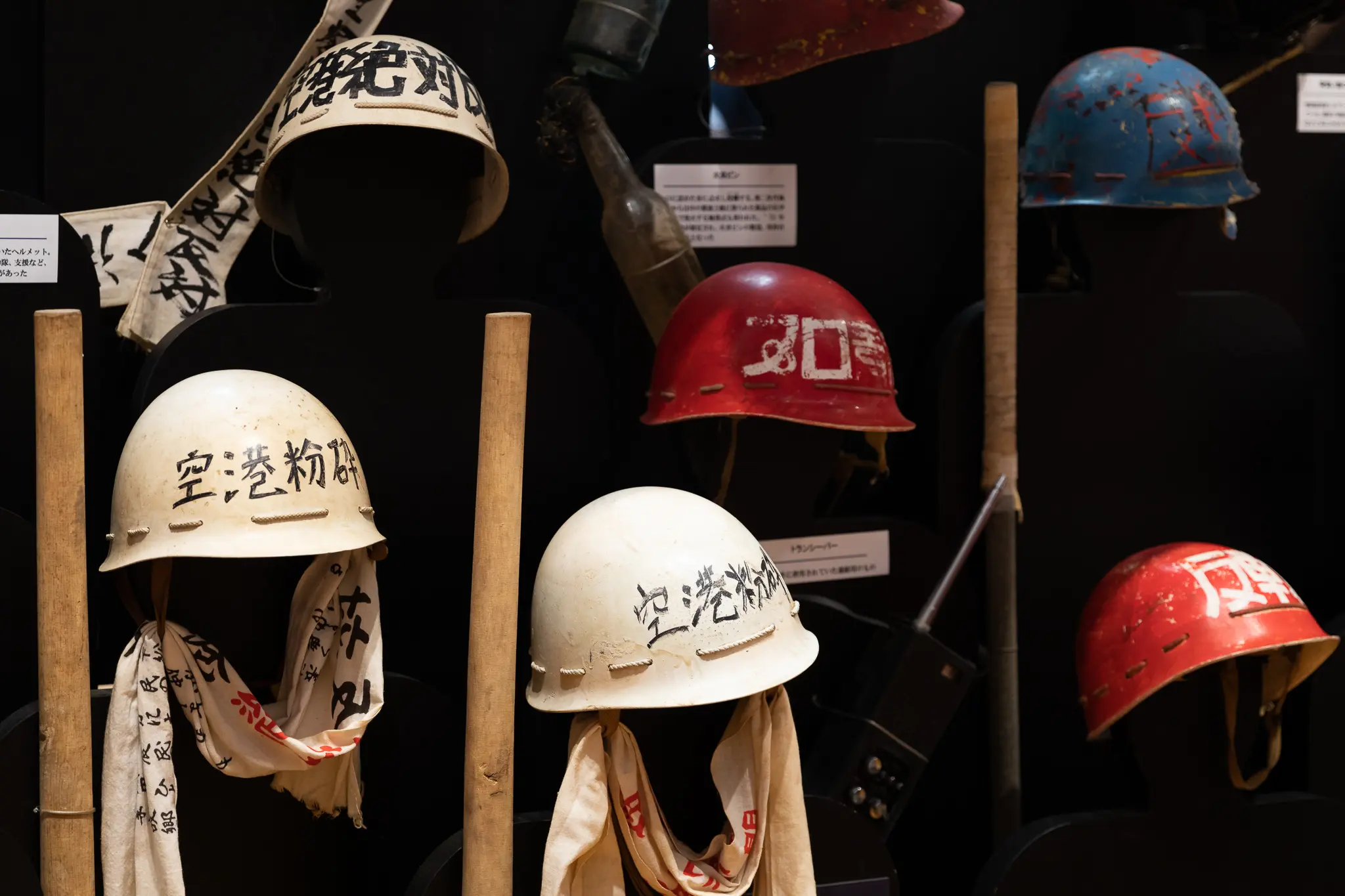
Photo by Anna Petek
1961-1967: The Calm Before the Storm
Until 1967, the Zengakuren and the student protest movement was relatively quiet, with demos only occurring occasionally. Yet on October 8 of that year, students armed with wooden posts and protected with helmets attempted to prevent Eisaku Sato, the then prime minister, from flying to South Vietnam. Hundreds of police officers were injured and Hiroaki Yamazaki, a Kyoto University student, died. Many, though, were still keen to protest.
Elsewhere, protests against several causes included Sunagawa Army Base and Sanrizuka struggles, led to more violent confrontations between students and police.
1968-1969: Student Uprising
At Nihon University in 1968, it was discovered that university administrators had defrauded 2 billion yen from university funds. Outraged, students began to erect barricades at the university, demanding greater transparency in terms of fund distribution.
Meanwhile, at Japan’s most prestigious university, The University of Tokyo, medical students began to protest at its policy of forcing students to be unpaid interns. In May 1968, students barricaded themselves in the Yasuda Auditorium, in what came to be known as the Todai Riots. Protestors under the newly formed Zenkyoto group demanded that the medical staff resign.
These two protest movements gained support from fellow students, who gradually joined the protests, making them campus-wide events. At first, the media were on the side of the students.
Political and Philosophical Complications
While these protests started off as ways to stand up for the freedom of students, the groups were infiltrated by political movements and became increasingly leftist.
As students were locked with each other behind the barricades, their thinking started to change. The protestors began to share ideas, influenced by philosophical figures and thinkers such as Yukio Mishima and Takaaki Yoshimoto. Instead of a series of concrete demands, the groups started to lose sight of their original aims.
Passion and Protest
Students started to practice Yoshimoto’s form of self-criticism. Paradoxically, many realized that they were able to afford a university education having come from middle-class or upper-class backgrounds, so they were complicit in the very inequality they were protesting against.
The passion within the movements was extreme, meaning that once they started, it was hard to stop. The protests continued throughout 1968 and into 1969, spreading to most universities across Japan. This meant that even when their original demands were eventually met by their respective universities in an attempt to resolve the situation, the protests continued.
One protest which reached outside the campuses was the Shinjuku Riot, on October 21, 1968. More than 1,000 police officers were injured by nearly 20,000 students who occupied Shinjuku Station, protesting against the US occupation and war.
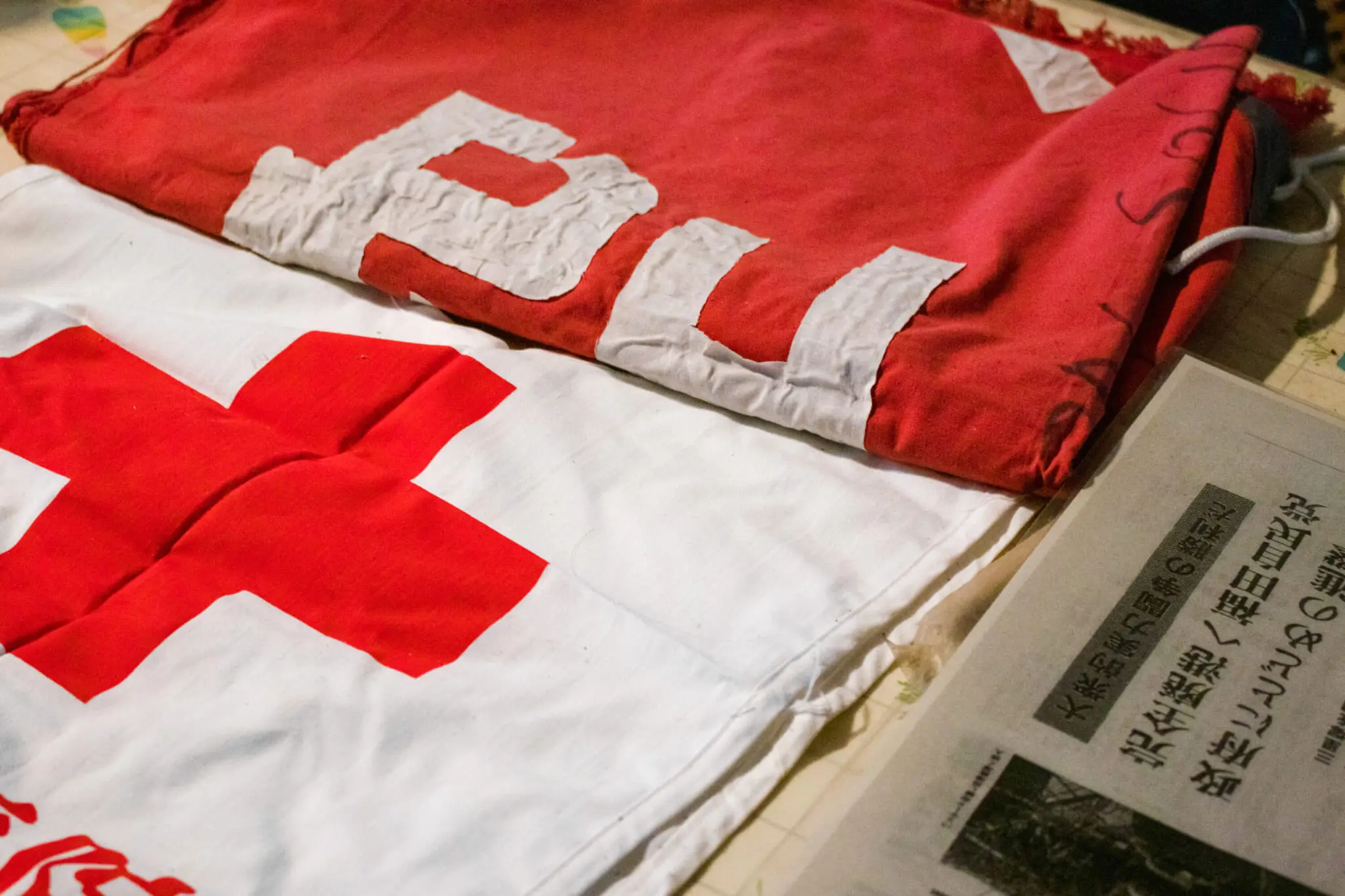
Folded anti-establishment banners
What were the Uprisings?
The uprisings involved students barricading themselves into their campus buildings, not letting professors or members of staff inside. Students also ransacked the offices of professors they saw as corrupt or biased. Certain professors, such as Masao Maruyama at the University of Tokyo, were kidnapped and cross-examined, with the aim of getting them to self-criticize.
Anti-establishment banners and slogans were hung and scrawled across the university walls and over the campus.
As a result of the barricades and occupations, many universities were forced to cancel lectures and exams.
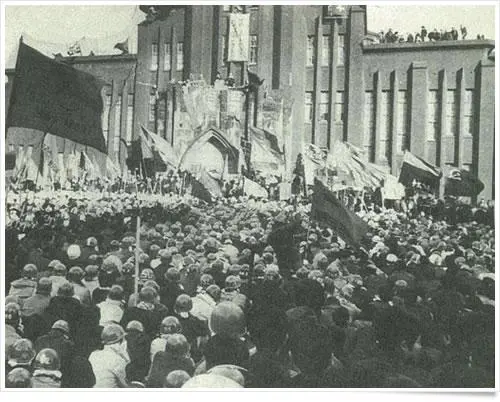
The End of the Riots
The most famous incident at the time was the barricade in the Yasuda Auditorium at the University of Tokyo. The protest began in May and by August 22, key figures had resigned in order to meet the demands of the occupiers. By this time, however, the movement and its demands had evolved.
The group occupied the space for over seven months, until a violent stand-off between protestors and police ended just before entrance exams. In January 1969, the government sent 8,000-armed riot police in, with truncheons, shields and firehoses. The students threw Molotov cocktails, rocks and acid bombs. The 11-hour siege was broadcast live on television to a stunned audience, until eventually the students were driven out. Mishima, who was in regular contact with the students, later criticized them for “not being able to die for the cause.”
One month later, riot police broke down the barricades at Nihon University, ending the almost year-long struggle. Barricades were erected at universities across the country in one final push, but by July of 1969, momentum had died out.
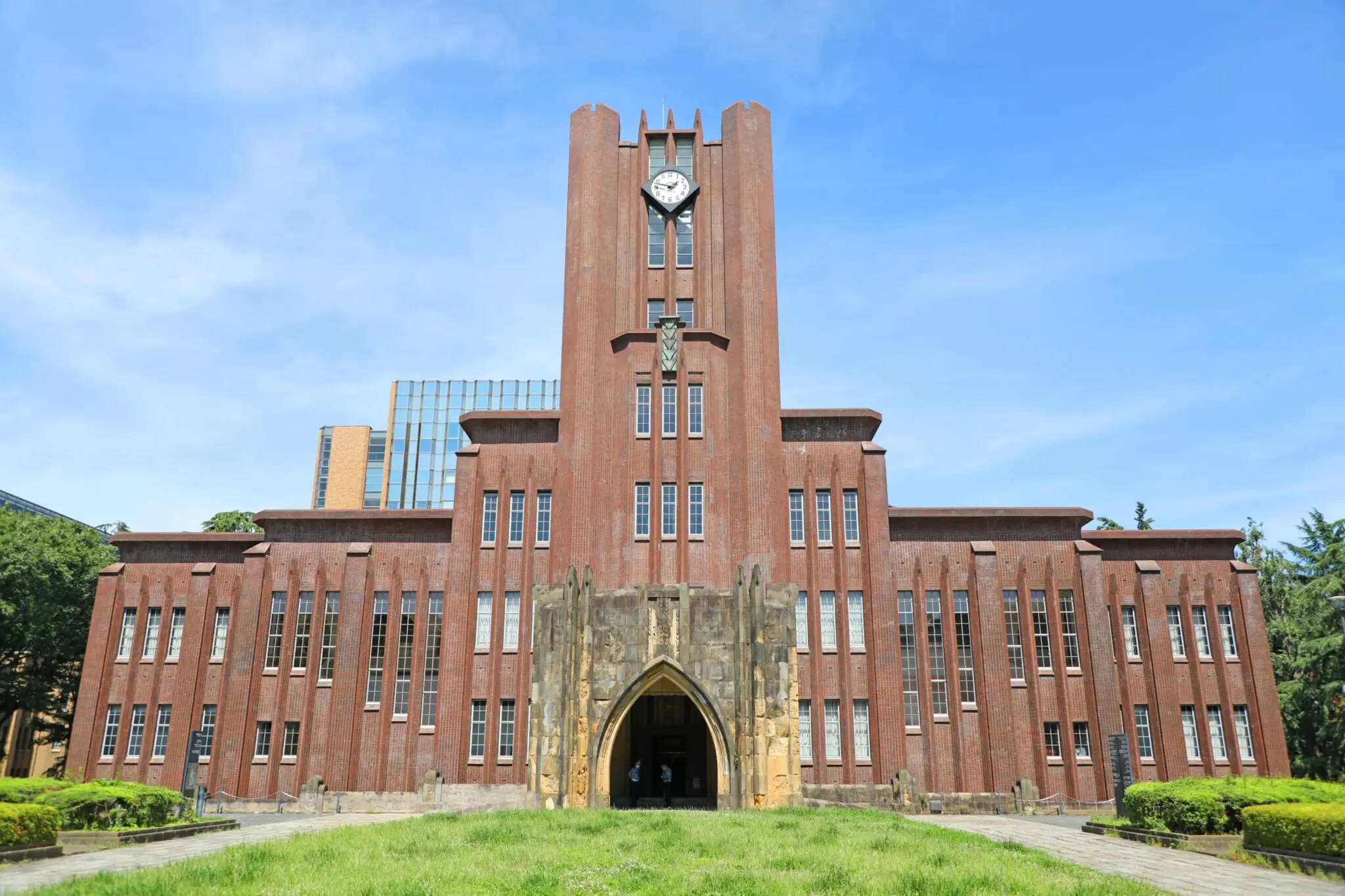
The Yasuda Auditorium today
1969 onwards: Influence and Further Reading
The Japanese student protests were the beginning of a global student protest movement, and the start of other movements at home.
Global Influence
The Japanese student protests were some of the first student protests of the time, inspiring other copycat student groups across the globe, including in America.
Japanese Feminism
The student protests were mainly run by men. Women often felt excluded due to lack of openness. This exposed gender inequality on campus, which in turn inspired the Women’s Liberation Front.
Literature and Popular Culture
Haruki Murakami has written about the student protests in some of his novels and Koji Wakamatsu directed the movie United Red Army about the events.
To read about other Japanese riots and protests, check out our other articles, covering protests through history and the Shinjuku Riot in pictures.

